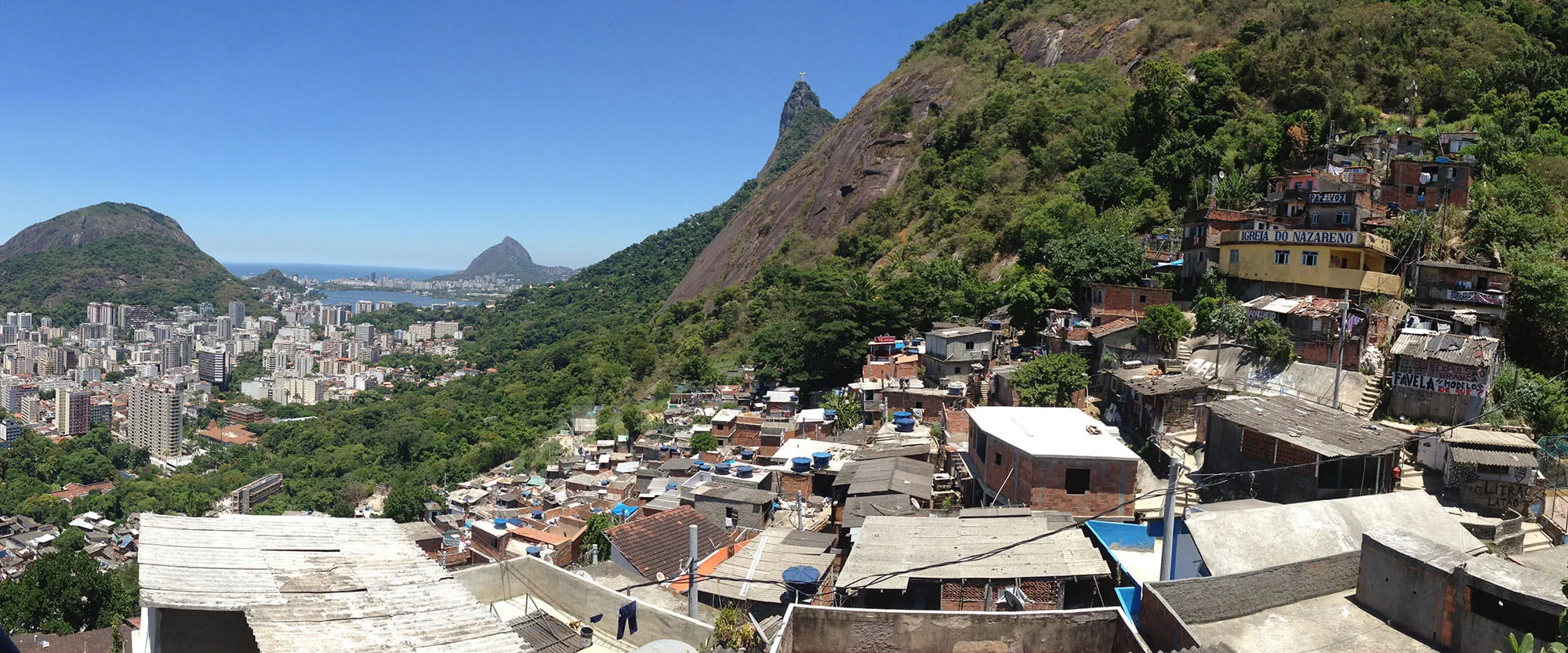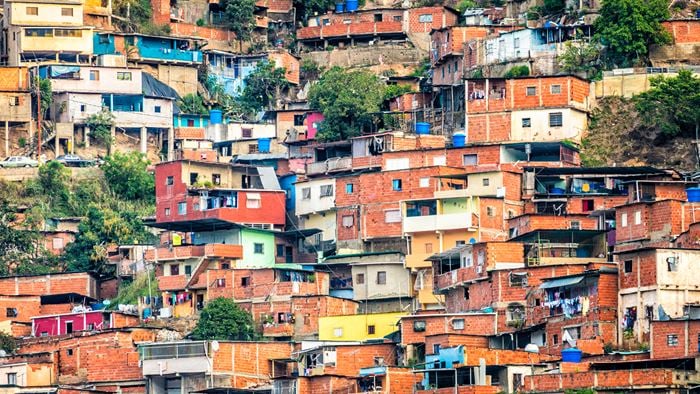Throughout history, cities have demonstrated their resilience time and time again, evolving or transforming in the face of resource shortages, disease, natural hazards or conflict. But what and who makes a city resilient? As a recent research project I led shows, it’s a combination of four things: people, place, organisation and knowledge.
Over the past year, with the support of The Rockefeller Foundation, a team from Arup International Development has studied this to develop the City Resilience Framework. Our motivation has been to equip city governments, investors, policy makers, planners and engineers with the ability to identify and prioritise investment and action. Because if they are to collectively support and foster more resilient cities, they need a common understanding of what constitutes a resilient city and how it is achieved.
It’s a question that is becoming increasingly important as more and more people are living in cities. Meanwhile, global pressures – disease pandemics, economic fluctuations, climate change and terrorism – that play out at city scale pose new challenges. Urban risk is not only increasing, it is also increasingly unpredictable due to the complexity of city systems and the uncertainty associated with many hazards – notably climate change. Risk assessments and measures to reduce specific foreseeable risks will continue to play an important role in urban planning. But cities also need to be resilient so as to be able to accommodate the unexpected.
As part of our work with The Rockefeller Foundation, I’ve spent time in cities around the world talking to governments, businesses and ordinary people. I’ve asked them what shocks and stresses they have faced, what triggered physical collapse, social breakdown or economic decline, and what prevented it.
What led the citizens of New York City to pull together following Superstorm Sandy? Why has recovery in Port au Prince, Haiti following the earthquake on 12 January 2010 proven so challenging? Why did the massive 8.8 earthquake in Concepcion, Chile a month later lead to extensive looting and arson, even though there was relatively little damage to buildings (due to seismic codes being enforced)?
Each city is unique. The way resilience manifests itself plays out very differently in different places. Yet, common themes have emerged. At Arup, we’ve concluded that it is a combination of four things:
-
People – the health and wellbeing of individuals
-
Place – the way in which infrastructure and ecosystems protect, provide for and connect urban citizens
-
Organisation – the social and financial systems that enable urban populations to live peacefully, and act collectively
-
Knowledge – the importance of informed decision making, and empowered stakeholders.
The City Resilience Framework provides a lens through which the complexity of cities and the factors that contribute to resilience can be understood. It comprises 12 indicators that equate to a city’s immune system. Collectively, they enable people to survive and thrive, and businesses to prosper whatever shocks and stresses may occur.
At the moment city resilience isn’t a term that’s very widely used or even understood. But it’s central to the wellbeing of urban communities, the natural and built environment and economy. We can’t underestimate the importance of building resilience.
 ;
;


